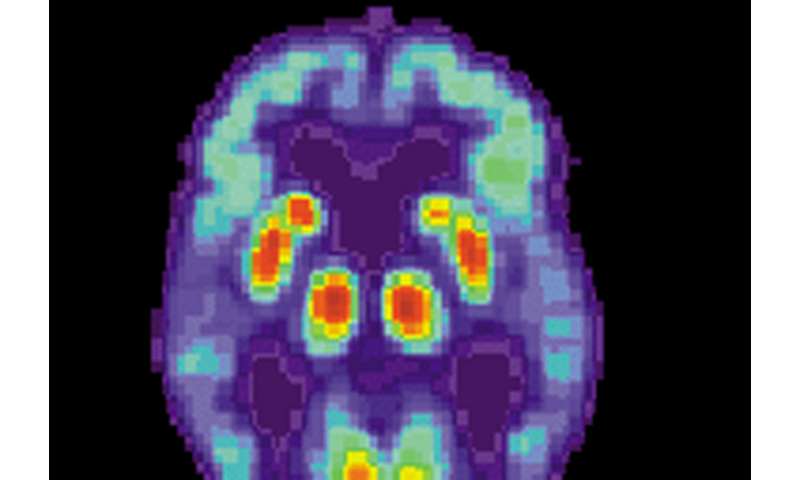
As physicians and families know too well, though Alzheimer’s disease has been intensely studied for decades, too much is still not known about molecular processes in the brain that cause it. Now researchers at the University of Massachusetts Amherst say new insights from analytic theory and molecular simulation techniques offer a better understanding of amyloid fibril growth and brain pathology.
As senior author Jianhan Chen notes, the “amyloid hypothesis” was promising—amyloid protein fibrils are a central feature in Alzheimer’s, Parkinson’s disease and other neurodegenerative diseases. “But the process is really difficult to…



























